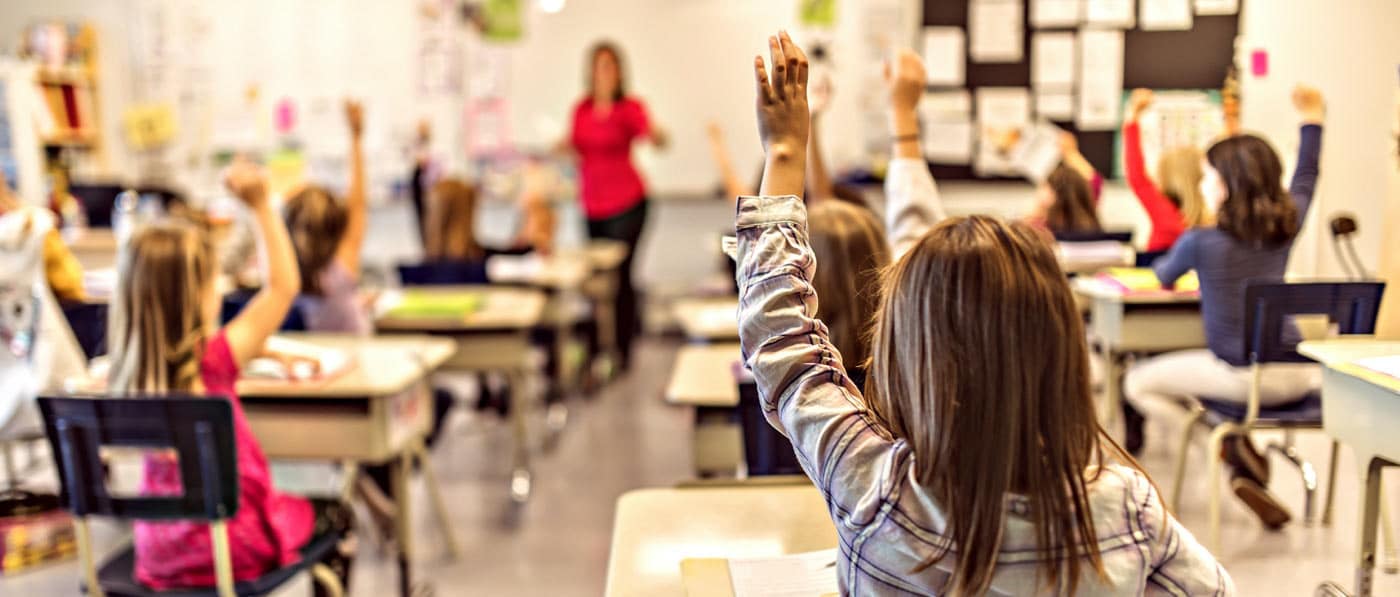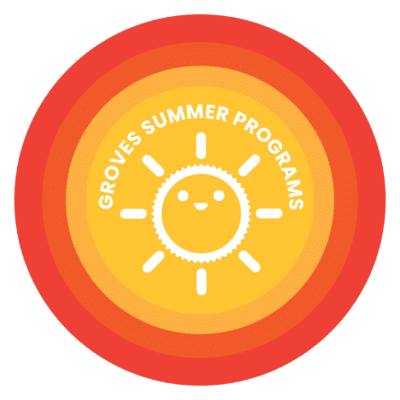When asked to define dyslexia, most people will respond that it’s a reading disorder. While this opinion is familiar, it’s not entirely accurate.
Dyslexia is a problem with the brain’s ability to process the sounds and symbols that make up the words we use to create language. What it hears does not match what it sees, writes, or reads.
What dyslexia is not is a sign of diminished intelligence. As proof, Albert Einstein, the most influential physicist of the 20th century, had dyslexia.
Worldwide, some reports suggest up to 10% of the population has dyslexia. Like many diagnoses, dyslexia can range from very mild to severe. There is no single state or degree of dyslexia. It’s unique for each person.
That’s a bit of the relevant backstory on dyslexia, but what’s it like being a student with dyslexia?
In a word, it is challenging. More accurately, dyslexia is challenging before it is officially recognized. However, that challenge can quickly transition into learning success—and it all begins with a diagnosis.
Once there is a diagnosis of dyslexia, the learner’s situation can improve rapidly and substantially. In fact, a whole new world of learning potentially opens up. Whether at a specialized school or even a traditional school with accommodations put in place, the student with dyslexia will finally be supported and taught in a manner that suits their brain.
Allow us to explain.
Pre-diagnosis learning with dyslexia
Many parents do not realize their child has dyslexia until they are in the third or fourth grade. These grade levels are when fluent reading becomes the requirement, the reading curriculum accelerates, and issues related to dyslexia emerge more clearly.
What do these challenges look like for a student with dyslexia? They come in many shapes and forms. Again, dyslexia is different for each learner.
One issue is a failure to learn or difficulty keeping pace with other students, especially in the area of reading.
Because of their dyslexia, reading lessons taught conventionally don’t work. A dyslexic student’s brain language processing system needs different inputs to make the appropriate connections.
This difficulty in keeping pace with classroom peers causes mental health side effects as well.
As examples, students lose confidence in their skills, inaccurately describe themselves as stupid; in some cases, get bullied and potentially develop anxiety issues.
People derive a great deal of their self-esteem from their ability to do things. When a student struggles with reading, it lessens their perception of self.
Again, we must stress that dyslexia has no connection to decreased intelligence or potential. Students who struggle with dyslexia must understand this fact. Just because a brain works differently doesn’t mean it is incapable.
The first signs of improvement after a dyslexia diagnosis
Receiving a dyslexia diagnosis is the first step to changing a student’s entire world.
That’s not an overstatement. Receiving a diagnosis is life-changing.
Having one allows parents to pursue appropriate education options that tailor their teaching process, curriculum, and tools to suit a dyslexic brain. Some students find their current school can accommodate their learning needs. For others, there is a need to explore new options.
Whether this new option occurs at a specialized school such as our school at Groves Academy, or through a tutoring program like The Learning Center at Groves Academy®, the changes can happen fast and be quite dramatic.
Among the first things to improve is self-esteem. Students understand what their condition is, what it means, and that it is not an indicator of IQ.
For most students, it’s not a matter of how advanced they are reading. The feeling of success comes down to the simple fact that they are finally able to read. At last, they understand the lessons, making connections and learning. What has been a source of struggle and disappointment is finally making sense. It’s exhilarating for students, parents, and staff.
How specialized schools teach dyslexic students
What’s different about teaching a student with dyslexia to read? Everything.
At Groves Academy, we begin every student with an explicit and systematic approach to reading and literacy instruction rooted in Orton-Gillingham principles. For some students, this is a return to the foundations of learning to read. That’s intentional.
Like a marathon, every student begins at the starting line. And also, like a marathon, students are allowed to proceed at their own pace and comfort level. This aspect of differentiated learning makes a massive difference. It will enable students to experience more success and less frustration. So not only is the curriculum built around teaching students with dyslexia but the pacing is also adjusted to match their abilities.
Our students learn fluent decoding and encoding skills. That’s key because, remember, at the heart of dyslexia is a challenge with the brain’s ability to effectively process the sounds and symbols of our language—the code, so to speak. Thus, the curriculum must address how information is taken in and then sent back out.
From the beginning steps of the program, students receive instruction in:
- Phonemic awareness, phonics, fluency, vocabulary, and comprehension
- Orthographic processing
- Word structure, in-depth, for automatic decoding and spelling
- Word recognition and spelling of high-frequency words, including irregular words
- Sentence-level text reading with ease, expression, and understanding
- Listening comprehension with age-appropriate narrative and informational text
- Reading comprehension with narrative and expository text of increasing levels of difficulty
- Narrative and informational text structures
- Organization of information for oral or written expression
- Proofreading skills
- Self-monitoring for word recognition accuracy and comprehension
Another aspect we find essential to success is class size. At Groves Academy, students in our lower school learn in small groups of 8 students or less. Smaller classes lessen competition and allow for more one-to-one instruction. And each group is assigned to reading groups based on their age and instructional needs, e.g., their reading level, strengths, and deficits. This method ensures each student learns at an appropriate pace and ultimately experiences success.
Three truths and one big hope
Groves Academy holds fast to three truths.
- Reading isn’t natural. It is a learned skill.
- There is nothing uncommon about dyslexia.
- There is no reason why students with dyslexia can’t learn to read and be successful.
How well a student learns to read, depends on their ability and effort, combined with the correct instructional approach. This is no different from conventional students using a traditional curriculum. Therefore, while we can’t guarantee that every student will become an extraordinary reader, we do promise that Groves Academy will provide a learning experience built around the way a student’s brain works. We don’t employ magic spells. We fuse the art of teaching with the science of learning.
How long a student learns with Groves Academy is up to them. Whether getting assistance in The Learning Center at Groves Academy or becoming enrolled in our school, their journey depends on the unique needs and abilities of the learner.
Some students stay with us until high school graduation. Others remain at Groves Academy for a few years to get things moving in the right direction. We want students and families to do what’s right for them.
Oh, and about that one hope.
We hope all students with dyslexia get the diagnosis and educational support they need to succeed in life. It’s among our most important work at Groves Academy.
If you have questions about what you’ve read, we encourage you to visit GrovesLearning.org and see how we approach reading education through our school, The Learning Center at Groves Academy, and the Groves Literacy PartnershipsSM.

